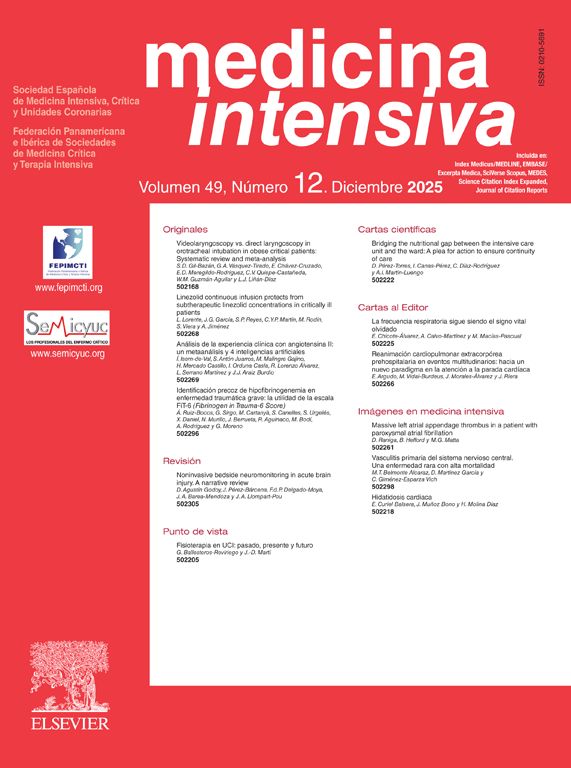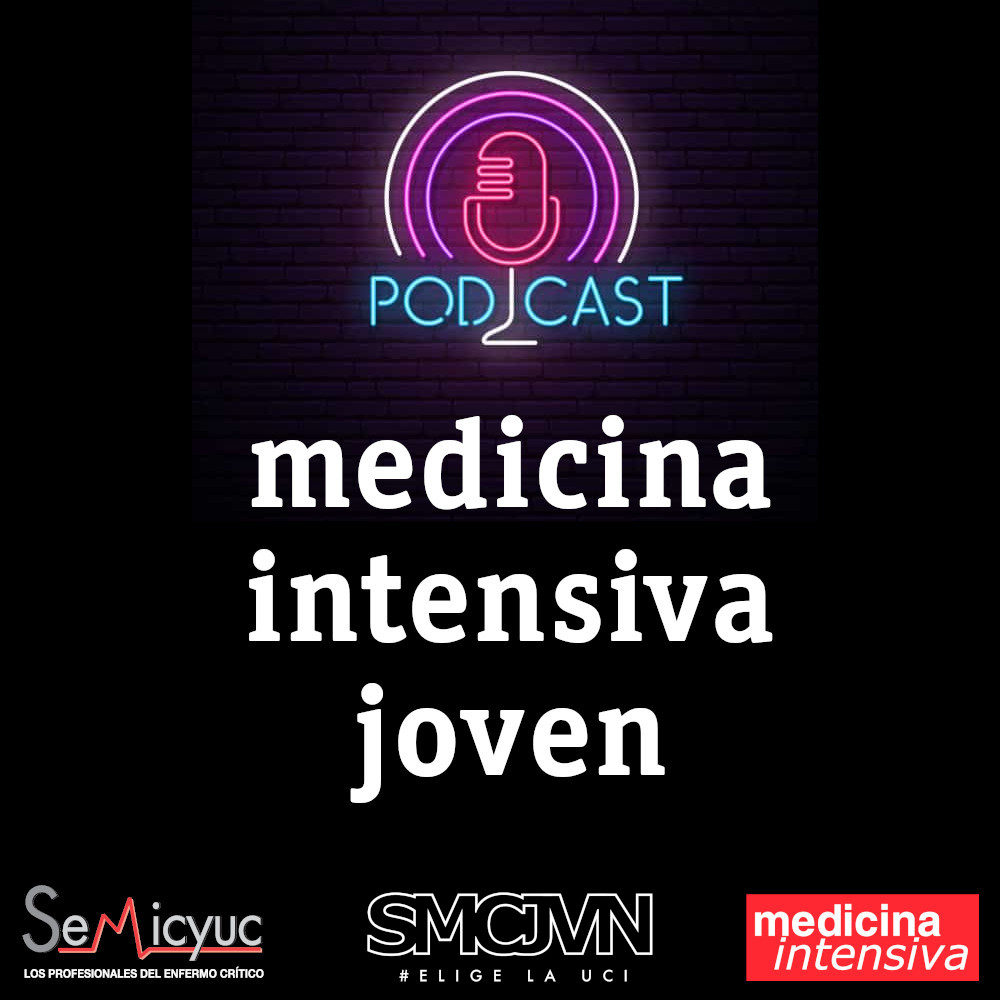A 66-year-old man with a history of hypertension presented to the emergency department with a 7 -h history of severe chest pain. The patient was diagnosed with acute type A aortic dissection (ATAAD) and underwent urgent on-pump cardiac surgery. He started receiving low-dose anticoagulant therapy with 20 mg of enoxaparin twice per day on the 10th postoperative day. However, one week later, the patient suddenly developed hypoxemia but the hemodynamic state remained stable. Computed tomographic pulmonary angiography (CTPA) revealed normal pulmonary artery imaging and multiple filling defects in the left superior and inferior pulmonary veins (Fig. 1A and B, red arrows), indicating pulmonary vein thrombosis. The anticoagulant therapy was strengthened, with the dose of enoxaparin increasing to 60 mg twice daily. After a two-week strengthened anticoagulation, a follow-up CTPA indicated that these pulmonary vein thrombi were dissipated (Fig. 1C and D, red arrows). This is the first report of pulmonary vein thrombosis following ATAAD which is a rare but potentially lethal condition.
Contribution of the authorsZhou X, Zhao L, and Chen B participated in the patient's care, drafted the manuscript, and revised the manuscript. All authors read and approved the final manuscript.
FundingThis work was supported by grants from the Zhejiang Medicine and Health Science and Technology Project (No. 2023KY1084, 2021KY1005) and the Project of NINGBO Leading Medical & Health Discipline (No. 2022-F16). The funders had no role in the study design, data collection, and analysis, decision to publish, or manuscript preparation.
Conflicts of interestThe authors declare that they have no potential conflict of interest.
Consent for publicationWritten informed consent was obtained from the patient for publication of this article and any accompanying images.
None.






